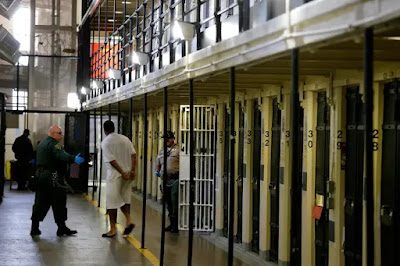"It's a thankless job," Kurt Vonnegut observed in Titans of Siren, "telling people it's a hard, hard Universe they're in."
I know how Kurt feels. I've been writing about the student loan crisis for 25 years. About ten years ago, I started blogging about it. I've written over 900 essays, and I've gotten a million hits.
Has anything changed?
The short answer is no. Forty-five million Americans have outstanding federal loans, a total of $1.8 trillion. Americans hold another $150 billion in private student loans, and students' parents owe another $100 billion.
Research confirms that student debt prevents people from getting married, buying homes, and saving for retirement. Indeed, some college graduates would be better off financially had they never gone to college.
Over the years, Congress and the Department of Education have launched various programs to ease the burden of college debt, but everything they do just makes matters worse.
Income-based repayment plans, which set repayment rates based on a borrower's income, have turned nine million student debtors into indentured servants who make monthly payments based on their income, not how much they owe.
The result? Virtually none of those nine million people will ever pay off their student loans because their monthly payments aren't big enough to cover accruing interest. As a practical matter, these college borrowers have defaulted on their loans even though DOE pretends the loans are in good standing.
The Public Service Loan Forgiveness program benefits people who take low-paying service jobs (firefighters, teachers, EMS personnel, etc.). But until recently, only about two percent of the people who thought they were entitled to PSLF debt relief actually got it.
Parent PLUS loans have driven thousands of families into poverty, but Congress refuses to reform the Parent PLUS program. The Wall Street Journal published an essay listing five reasons Congress refuses to act--including the colleges' desire to get Parent PLUS revenue.
When I started writing about the federal student loan program, I viewed it solely as a problem for individual student borrowers--not a boondoggle that could weaken the entire nation.
But it's now clear to me that the program has become so large, corrupt, and mismanaged that it is destroying the integrity of American higher education and undermining the national economy. Millions of student debtors cannot buy homes, save for retirement, or start families because they are burdened with college debt they can never repay.
Our higher education leaders tell themselves that they are the most sensitive people in America. They constantly prattle about equity, inclusion, and the need to expand opportunities for low-income Americans.
But not a single university president has called for student-loan reform. No college CEO has demanded an overhaul of the Parent PLUS program or legislation to stop the Department of Education from garnishing Social Security checks of elderly student-loan defaulters.
Harvard President Lawrence Bacow bent over backward to get a student visa for a single Palestinian, but has this Ivy League prig said anything about a federal program that has injured millions of people, including students at his own university? No, he has not.
University leaders have nothing to say about the federal student loan program because their institutions are addicted to federal money. The status quo suits them just fine.
After all, if college students graduate with worthless degrees and a mountain of debt, it's not the universities' problem. The colleges get their money upfront.
 |
| Harvard University: Ain't we got fun! |






